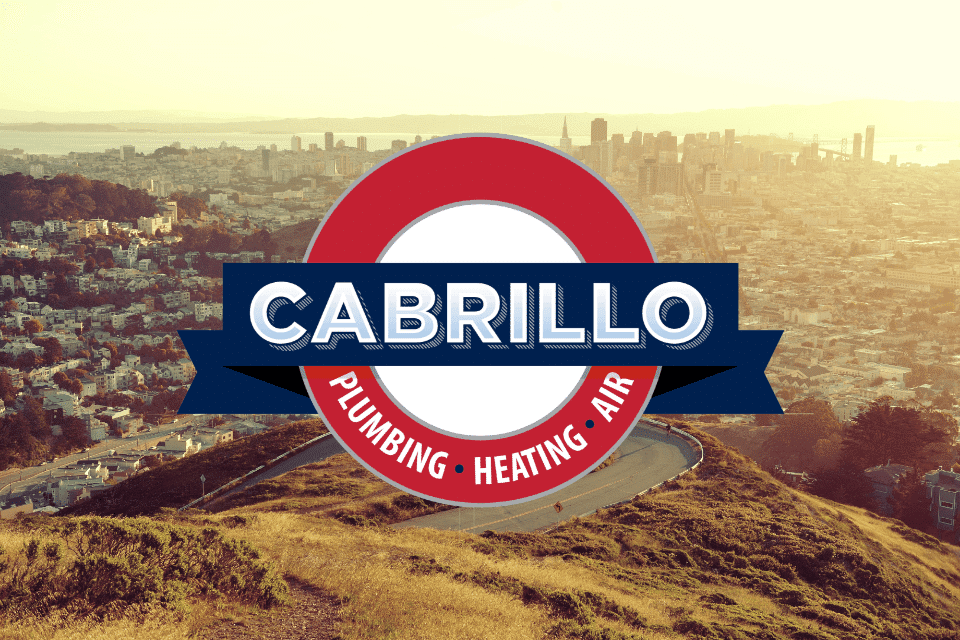
Tankless water heaters are growing in popularity among energy-conscious homeowners in the Bay Area. After hearing that these units can provide an endless amount of hot water on-demand, many people are curious about how exactly tankless water heaters work. So let’s take a look at how tankless units provide hot water to your home and the differences between the different types that are available.
How a tankless water heater works in 4 steps
- 1. Unit senses a demand for hot water. Unlike a traditional water heater with a storage tank, tankless water heaters only activate when they are needed. When someone turns on a tap that calls for hot water (whether it’s from a shower, sink, dishwasher or washing machine), the energy source for the water heater is activated. The two most common energy sources for tankless water heaters are natural gas and electricity.
- 2. Heat exchanger heats up. Once the energy source is activated, the heat exchanger that’s located inside of the unit begins to heat up. The heat exchanger is what is responsible for transferring heat to the water that passes through the tankless water heater.
- 3. Water is heated and sent to the tap. As cold water passes through the inside of the water heater, it absorbs heat from the heat exchanger. The heated water is then delivered to whatever source in your home needs the hot water.
- 4. Unit turns off until it’s needed again. Tankless water heaters are able to provide endless hot water because they heat your water on-demand instead of from a tank (which can eventually run out of hot water). After the demand for hot water has been fulfilled, the water heater turns off and the heat exchanger cools back down. The unit remains dormant until hot water is needed again in your home.
Point-of-use vs. whole house tankless water heaters
Tankless water heaters can either be point-of-use or whole-house systems. Point-of-use units are installed near a water source such as a kitchen sink and only provide hot water for one or two taps. These are beneficial because they reduce the amount of time you have to wait for hot water to reach its source. Whole-house units, on the other hand, are responsible for providing hot water to every water source in your home. That means you’ll only have to install one unit to get hot water all over your home. You canread more about the pros and cons of tankless water heaters here.
If you have any questions about how a tankless water heater works, or if you’d like a plumbing system serviced or installed in your home, contact Cabrillo, your Bay Area plumbing, heating and cooling company.
